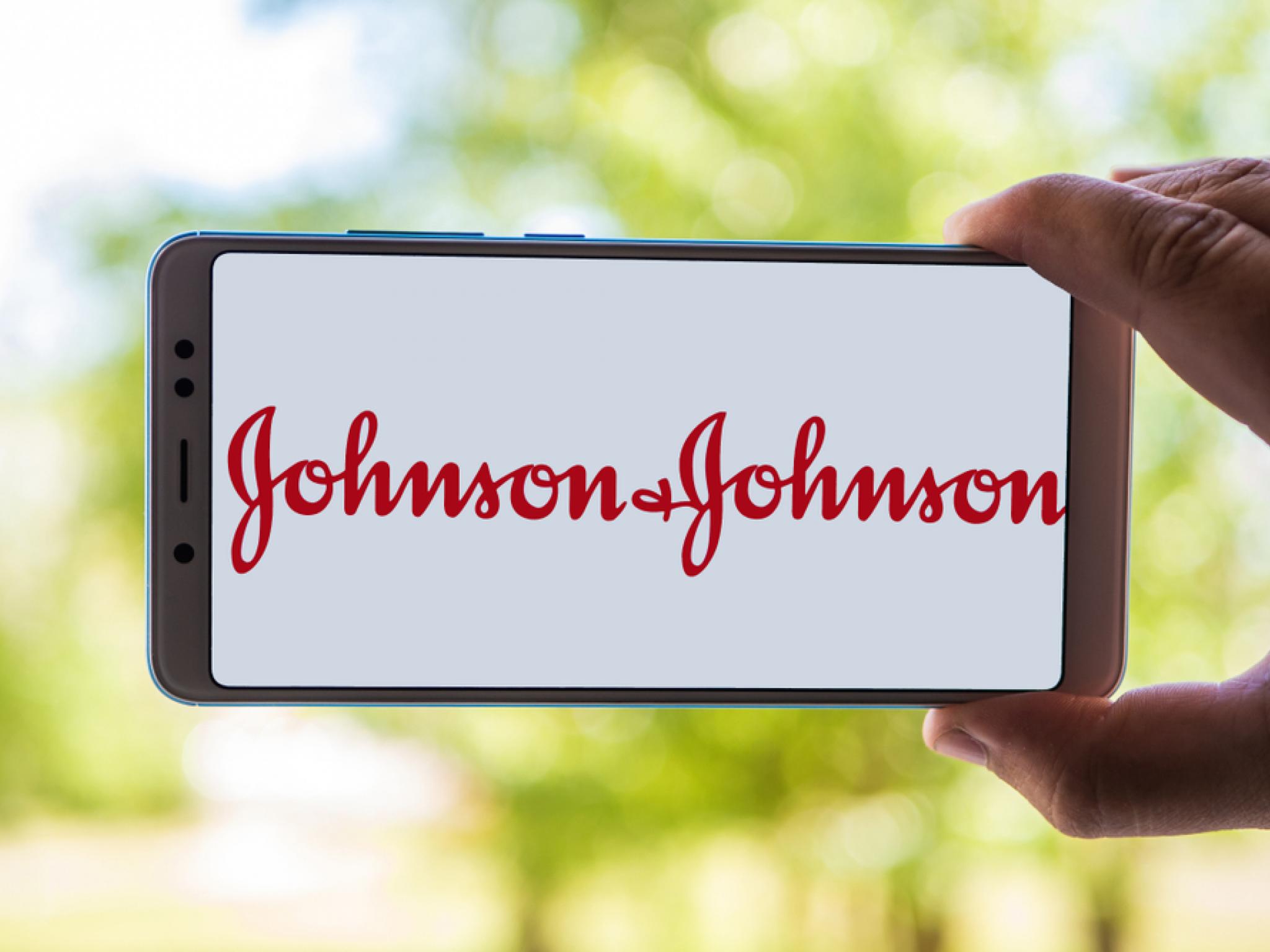
Investors who bought stocks during the COVID-19 market crash in 2020 have generally experienced some big gains in the past two years. But there is no question some big-name stocks performed better than others since the pandemic bottom.
Johnson & Johnson's Bumpy Road: One company that has been a solid investment in the past two years has been pharmaceutical giant Johnson & Johnson (NYSE:JNJ).
Johnson & Johnson investors have likely been somewhat disappointed with the performance of the stock in the past two years given how much attention the company’s COVID-19 vaccine initially received.
In addition, the company is facing a number of costly and potentially damaging legal battles. In October 2020, Johnson & Johnson agreed to settle more than 1,000 talcum powder lawsuits for $100 million. That same month, the company also agreed to add an additional $1 billion to its 2019 $4 billion settlement related to its role in the U.S. opioid crisis.
At the beginning of 2020, Johnson & Johnson shares were trading at around $146. By the beginning of March, the stock was down to $134.78, after news of COVID-19 spreading in China prompted concerns about a U.S. pandemic.
Johnson & Johnson bottomed at $105.63 during the pandemic-driven March sell-off. Fortunately for J&J investors, the dip did not last long.
Related Link: If You Invested $1,000 In Southwest Airlines (LUV) Stock At Its COVID-19 Pandemic Low, Here's How Much You'd Have Now
By late April, Johnson & Johnson shares were back to new all-time highs above $150 on vaccine optimism. However, the stock stalled there while J&J and other competitors raced to win the vaccine testing and approval race.
Johnson & Johnson shares dropped as low as $131.09 in October when the company briefly halted its COVID-19 vaccine trials after test subjects contracted unexplained illnesses.
In January 2021, the stock hit $171.50 in anticipation of the FDA approval.
While J&J didn’t win the vaccine race, its vaccine was ultimately granted emergency FDA authorization in late February 2021. Unfortunately, the FDA began limiting its recommendation of the J&J COVID-19 vaccine in May 2022 to adults ages 18 or older that cannot access vaccines produced by Pfizer Inc. (NYSE:PFE), Moderna Inc (NASDAQ:MRNA) or Novavax, Inc. (NASDAQ:NVAX). The restriction comes after reports the vaccination caused rare cases of thrombosis or thrombocytopenia syndrome (TTS).
Related Link: If You Invested $1,000 In Nikola Stock At Its COVID-19 Pandemic Low, Here's How Much You'd Have Now
Johnson & Johnson In 2022, Beyond: Johnson & Johnson eventually made it as high as $186.69 in April 2022 before the latest FDA ruling limiting its recommendation.
Meanwhile, Johnson & Johnson's revenue growth slowed to just 3% in the most recent quarter as investors anticipate the company's planned spinoff of its consumer health segment sometime before November 2023. Today, Johnson & Johnson shares have traded all the way back down to around $168.
Still, investors who bought Johnson & Johnson stock the day it hit its 2020 pandemic low and held on have generated some decent returns at this point. In fact, $1,000 in Johnson & Johnson stock bought on Dec. 24, 2020, would be worth about $1,604 today, assuming reinvested dividends.
Looking ahead, analysts are expecting Johnson & Johnson stock to rebound in the next 12 months. The average price target among the 18 analysts covering the stock is $187, suggesting 11.2% upside from current levels.







